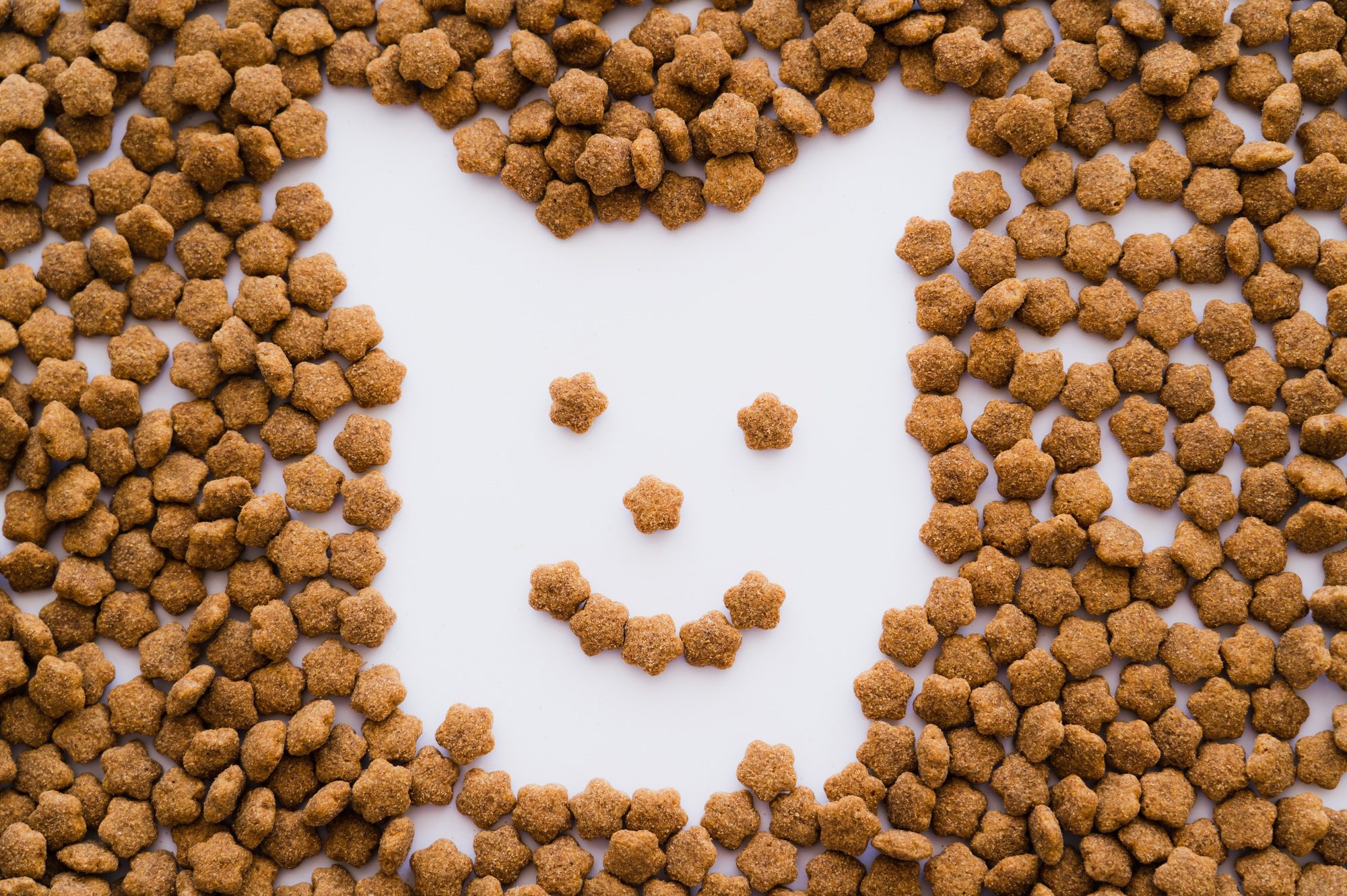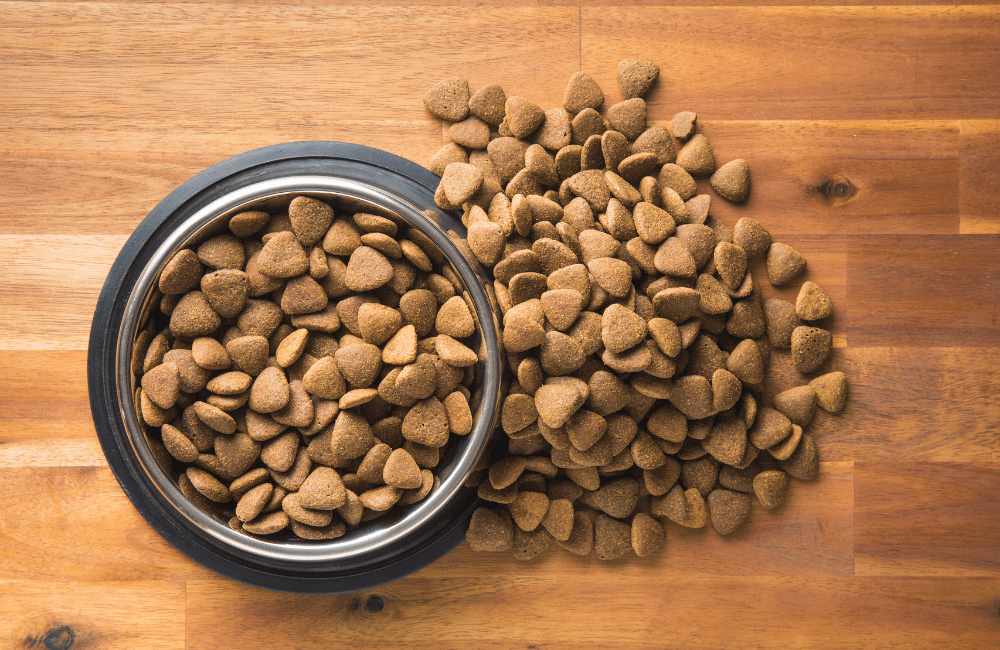Introduction
Pet food manufacturing plays a crucial role in meeting the nutritional needs of our beloved furry companions. With an increasing focus on pet health and well-being, pet owners have become more discerning when it comes to selecting the right food for their four-legged friends. Behind every bag or can of pet food lies a complex process that involves careful formulation, sourcing of ingredients, and adherence to strict quality standards. In this article, we will delve into the world of pet food manufacturing, shedding light on the steps involved, the challenges faced, and the measures taken to ensure the health and safety of our pets.
Ingredient Sourcing and Quality Control
The journey of pet food manufacturing begins with sourcing ingredients. Manufacturers aim to procure high-quality ingredients that meet nutritional requirements while ensuring safety. This involves establishing partnerships with reputable suppliers and conducting rigorous quality control checks. Ingredients may include meat, poultry, fish, grains, fruits, and vegetables. To ensure quality, manufacturers often engage in regular audits of suppliers’ facilities and examine certificates of analysis to verify the ingredients’ nutritional value and safety.
Formulation and Nutritional Balance
The formulation of pet food is a precise science that considers the nutritional needs of different animals. Pet food manufacturers collaborate with veterinary nutritionists and animal nutrition experts to create recipes that provide a balanced diet. The formulation process takes into account the specific nutritional requirements of different life stages, breed sizes, and health conditions. Essential nutrients like proteins, carbohydrates, fats, vitamins, and minerals are carefully measured and incorporated into the recipe.

Manufacturing Process
The manufacturing process of pet food involves several key steps, including grinding, mixing, cooking, extrusion, drying, and packaging. Let’s explore each of these steps in detail:
a. Grinding: Raw ingredients are ground to appropriate sizes to facilitate further processing.
b. Mixing: The ground ingredients are blended to create a homogenous mixture, ensuring even distribution of nutrients.
c. Cooking: This step involves subjecting the mixture to high temperatures to kill harmful bacteria and pathogens.
d. Extrusion: The cooked mixture is forced through a machine called an extruder, which shapes the food into various forms such as kibble, pellets, or wet food.
e. Drying: For dry pet food, the extruded pieces are dried to remove excess moisture, enhancing shelf life.
f. Packaging: The final product is packaged in bags, cans, or pouches, ensuring freshness and preventing contamination.
Quality Assurance and Safety Measures
Maintaining high standards of quality and safety is paramount in pet food manufacturing. Manufacturers implement various measures to achieve this:
a. Regulatory Compliance: Pet food manufacturers adhere to strict regulations set by government bodies, such as the Food and Drug Administration (FDA) in the United States. Compliance with these regulations ensures the product meets safety and labeling requirements.
b. Testing and Analysis: Regular testing of raw materials and finished products is performed to verify nutritional content, detect contaminants, and monitor microbiological safety.
c. Facility Sanitation: Manufacturing facilities follow rigorous sanitation protocols to prevent cross-contamination and maintain cleanliness.
d. Quality Control Checks: Stringent quality control measures, including visual inspections, sensory evaluations, and product stability testing, are implemented throughout the manufacturing process.
Conclusion
Pet food manufacturing is a meticulous process that prioritizes the health and well-being of our furry companions. From sourcing high-quality ingredients to formulating balanced recipes and adhering to rigorous quality control standards, pet food manufacturers leave no stone unturned to deliver safe and nutritious products. As responsible pet owners, it is essential to educate ourselves about the manufacturing process and choose reputable brands that prioritize quality and transparency. By doing so, we can ensure our pets receive the nourishment they need to thrive and lead happy, healthy lives.













